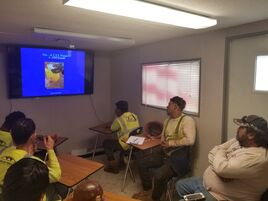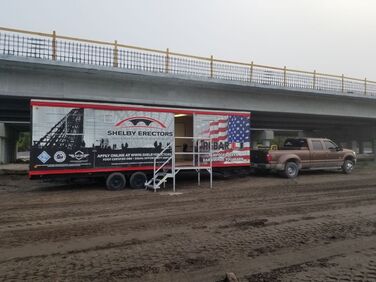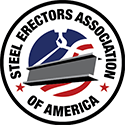 In the past when new employees were hired, they often went straight to the job site and it was weeks before they received safety orientation. But establishing an onboarding procedure that introduces new hires to your company’s safety culture is a critical first step in reducing risk. According to a 2016 article by Safety + Health magazine and research from Toronto-based Institute for Work & Health, “Employees in their first month on the job have more than three times the risk for a lost-time injury than workers who have been at their job for more than a year.” Before stepping onto the job site, our new hires all receive the same safety onboarding, regardless of the previous experience level of the individual. We use an online platform that takes less than two hours to deliver. It also requires the employee to successfully complete a test at the end to confirm understanding of the information presented. Onboarding continues for the first 90 days of employment. In the first week following the safety orientation, new hires receive daily messages with information such as our core values, contact information for key company departments or managers, and other reminders. Other recommendations include:
ResourcesTravelers: How to Onboard Construction Workers
Pro Crew Schedule: Six Tips for Onboarding Inexperienced New Hires in Construction Downloadable Onboarding Template from Olson & Olson Insurance Construction Business Owner: How to Increase Safety Adherence Through New-Hire Orientation & Onboarding This Safety Flash was contributed by Jack Nix, Chief Operations Officer at Shelby Erectors, Inc., in cooperation with SEAA’s Safety Committee. It is designed to keep members informed about ongoing safety issues and to provide suggestions for reducing risk. Best practices are gathered from a variety of sources. They may be more or less stringent than individual corporate policies and are not intended to be an official recommendation from SEAA. Always get approval and direction from your company officers on any new practice or procedure as these best practices may not work for all situations. Everyone benefits when a worker avoids injury. Submit your ideas for Safety Flash to [email protected] Comments are closed.
|



 RSS Feed
RSS Feed
